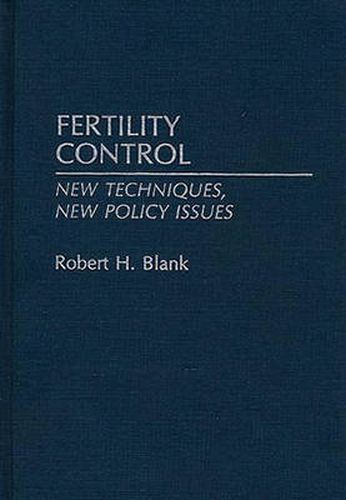Readings Newsletter
Become a Readings Member to make your shopping experience even easier.
Sign in or sign up for free!
You’re not far away from qualifying for FREE standard shipping within Australia
You’ve qualified for FREE standard shipping within Australia
The cart is loading…






An exploration of the policy dilemas with new fertility control techniques, this volume offers a comprehensive treatment of the subject’s technical, legal and political dimensions. Robert H. Blank provides a detailed discussion of current state laws and court decisions, and extensive analysis of new fertility control techniques and their social and policy implications. Blank describes the political, institutional and constitutional context of fertility control in the United States, examining the relationship between social structures and rapid advances in biomedical technology. He details innovations in fertility control, particularly reversible methods, and reviews the legal context of both voluntary and non-consensual sterilization. Examining the myriad contemporary policy issues relating to fertility control, this book offers insights for devising a rational fertility control policy that will maximize benefits and minimize potential abuses. Written for the informed layperson, it should also be valuable to professionals in health, policy analysis, bioethics, family planning and public policy.
$9.00 standard shipping within Australia
FREE standard shipping within Australia for orders over $100.00
Express & International shipping calculated at checkout
An exploration of the policy dilemas with new fertility control techniques, this volume offers a comprehensive treatment of the subject’s technical, legal and political dimensions. Robert H. Blank provides a detailed discussion of current state laws and court decisions, and extensive analysis of new fertility control techniques and their social and policy implications. Blank describes the political, institutional and constitutional context of fertility control in the United States, examining the relationship between social structures and rapid advances in biomedical technology. He details innovations in fertility control, particularly reversible methods, and reviews the legal context of both voluntary and non-consensual sterilization. Examining the myriad contemporary policy issues relating to fertility control, this book offers insights for devising a rational fertility control policy that will maximize benefits and minimize potential abuses. Written for the informed layperson, it should also be valuable to professionals in health, policy analysis, bioethics, family planning and public policy.